Low-Frequency Electromagnetics Blog Posts

The Graphene Revolution: Part 2
In a previous blog entry I discussed some of the exotic properties of graphene. The fact that graphene consists of a single layer of atoms means the aspect ratio of any graphene-based structure may be very high. High aspect geometries present their own array of modeling challenges.
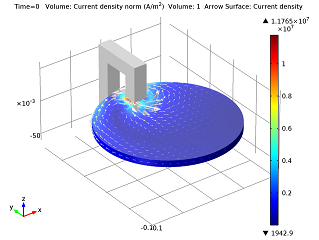
Simulating Eddy Current Brakes
Last week you saw how you can simulate the heating of a car’s brake discs. This reminded me of another type of brake — the eddy current brake (also known as magnetic brake). Whereas the other model was a study in heat transfer, eddy current brakes deal with electromagnetics.

Upgrading the Nuts and Bolts of the Electrical Grid
The electrical grid describes the network created for producing electricity, transmitting it and delivering it to the consumers. A “smart grid” is an electrical grid that gathers information on the suppliers and consumers automatically to improve efficiency and sustainability in the system. As the automated technology improves, the hardware that physically connects the electrical grid together must improve as well. This hardware, the “nuts and bolts” of the grid, is comprised of transformers, cable joints, terminations, bushings, and fault current […]
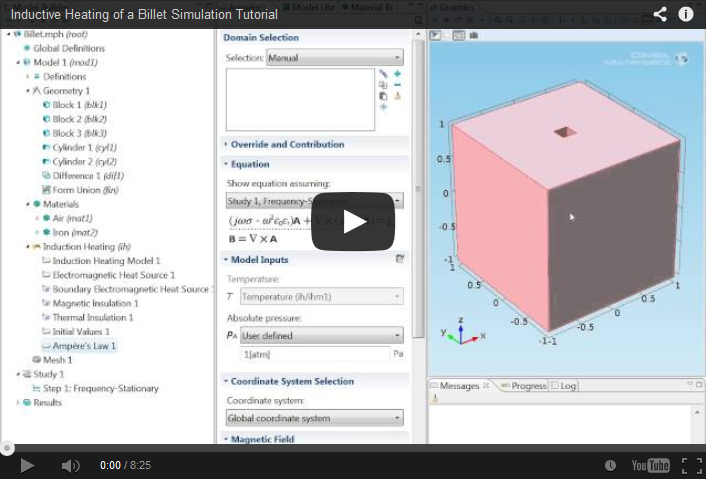
Inductive Heating of a Billet Simulation Tutorial
Induction occurs when a metal object moves in the presence of a magnetic field inducing a current in that object. The induced current causes it to heat up (called inductive heating), as all current does. Yet, simulating these two coupled physics together can be difficult to do as they are intrinsically based on different time scales. COMSOL Multiphysics is able to cleverly simulate them through combining the frequency domain modeling of the magnetic field with a stationary simulation of the […]
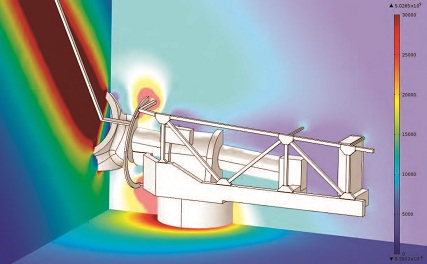
Lightning-Proof Wind Turbines
Here’s a story we’ve all heard before: due to the inefficient nature and inevitable decline of fossil fuels, alternative energy resources are becoming increasingly popular. Wind energy is a popular source of alternative energy, with wind farms sprouting up all over the world. Here’s something you may not have thought about: lightning strikes are a major problem for these wind turbines. Intuitively, places with high wind speeds also have stormy weather, and a 150 meter tall metal pole makes an […]
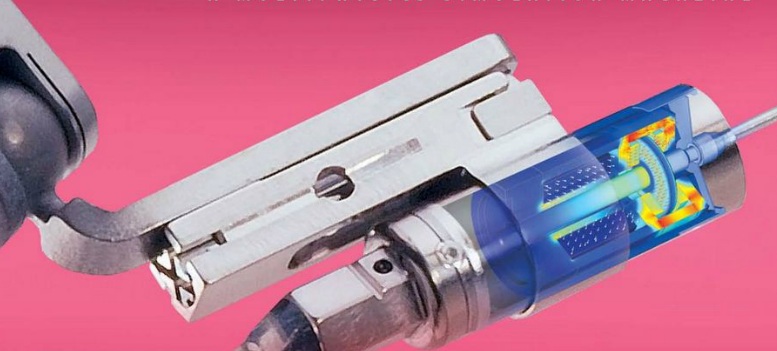
Simulation-Based Design of New Implantable Hearing Aids
Growing older is an inevitable part of life, and with it, our body slowly begins to show that. I recently started wearing eye glasses because my eyesight is weakening. It’s a little unnerving, but I am comforted by the ever-improving technology being produced. My hearing is still fully intact, but the same cannot be said for 17% (36 million) of American adults who report some degree of hearing loss. In most cases, regular hearing aids are sufficient in treating hearing […]
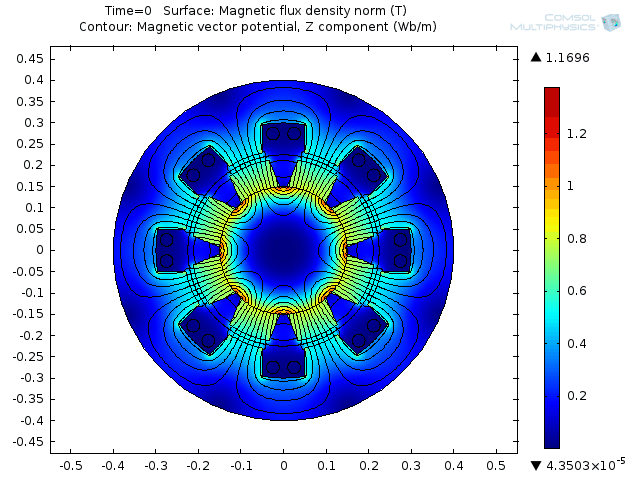
Simulating Permanent Magnet Generators
Permanent magnet generators, or PM generators as they are also called, generate power without batteries. PM generators consist of a magnetic stator coiled with wire and a wheel with permanent magnets rotating inside the stator. From motorcycles to wind farms, PM generators can be used in many electrical machinery applications. Let’s take a look at how these types of generators work and how they can be simulated.

Impedance Boundary Conditions Help in Modeling Nondestructive Testing (NDT)
How do you simplify a 3D geometry to reduce the computational resources required to model it? Do it in 2D. What if the phenomenon can only be properly simulated in 3D? Find the planes of symmetry and reduce the size, most engineering objects are symmetric in some way. What if there is no symmetry, such as the propagation of random cracks through a steel pipe? Well, as this story from COMSOL News 2012 shows, there are other methods, such as […]
